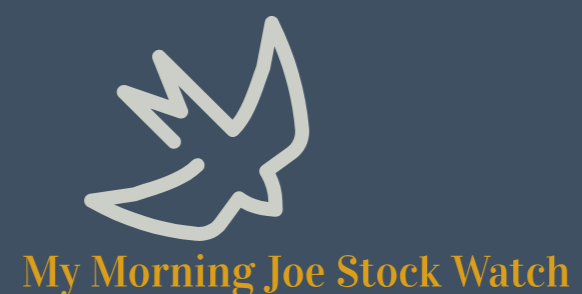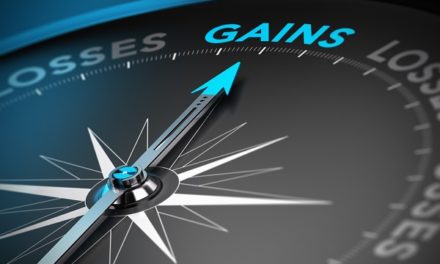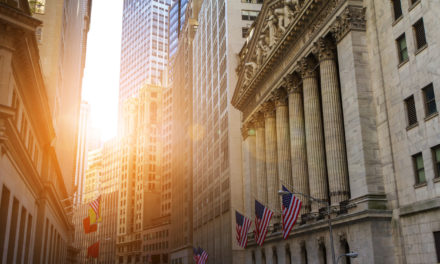
“Only buy something that you’d be perfectly happy to hold if the market shut down for 10 years.”
— Warren Buffett
One of the most important things investors can learn from Warren Buffett, is about how they approach their time horizon for an investment into a stock under consideration. Because immediately after buying shares of a given stock, investors will then be able to check on the day-to-day (and even minute-by-minute) market value. Some days the stock market will be up, other days down. These daily fluctuations can often distract from the long-term view. Today, we look at the result of a decade-long holding period for an investor who was considering RTX Corp (NYSE: RTX) back in 2015, bought the stock, ignored the market’s ups and downs, and simply held through to today.
| Start date: | 01/08/2015 |
|
|||
| End date: | 01/07/2025 | ||||
| Start price/share: | $72.15 | ||||
| End price/share: | $114.80 | ||||
| Starting shares: | 138.60 | ||||
| Ending shares: | 176.55 | ||||
| Dividends reinvested/share: | $19.46 | ||||
| Total return: | 102.68% | ||||
| Average annual return: | 7.32% | ||||
| Starting investment: | $10,000.00 | ||||
| Ending investment: | $20,275.65 | ||||
As shown above, the decade-long investment result worked out well, with an annualized rate of return of 7.32%. This would have turned a $10K investment made 10 years ago into $20,275.65 today (as of 01/07/2025). On a total return basis, that’s a result of 102.68% (something to think about: how might RTX shares perform over the next 10 years?). [These numbers were computed with the Dividend Channel DRIP Returns Calculator.]
Notice that RTX Corp paid investors a total of $19.46/share in dividends over the 10 holding period, marking a second component of the total return beyond share price change alone. Much like watering a tree, reinvesting dividends can help an investment to grow over time — for the above calculations we assume dividend reinvestment (and for this exercise the closing price on ex-date is used for the reinvestment of a given dividend).
Based upon the most recent annualized dividend rate of 2.52/share, we calculate that RTX has a current yield of approximately 2.20%. Another interesting datapoint we can examine is ‘yield on cost’ — in other words, we can express the current annualized dividend of 2.52 against the original $72.15/share purchase price. This works out to a yield on cost of 3.05%.
One more piece of investment wisdom to leave you with:
“If you’re prepared to invest in a company, then you ought to be able to explain why in simple language that a fifth grader could understand, and quickly enough so the fifth grader won’t get bored.” — Peter Lynch



